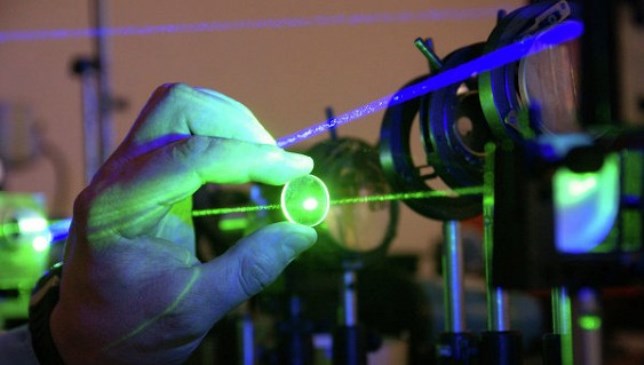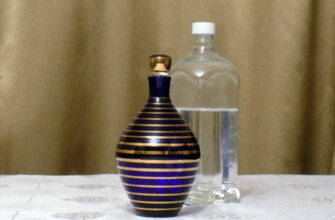As part of the international team of scientists , the Russian physicists proposed a new method of controlling the microparticles on solid surfaces in the aquatic environment.
It all started with the fact that the experimenters at the University of Potsdam (Germany) addressed a professor of Physical faculty of the Moscow state University, Olga Vinogradova, and a junior staff scientist from her group, Salim Maduar, with a request to help them to understand an unusual phenomenon. The German scientists noticed that the microparticles would move along a solid surface by exposure to sunlight, when a photosensitive superficially active substance (surfactant) was added to water.
Surfactants – chemical compounds that can adsorb at the phase thresholds and reduce surface tension. They are widely used in the production of washing and cleaning products, textile-processing chemicals, as well as in many technological processes of chemical, petrochemical, chemical, pharmaceutical, and food industry.
In the course of additional experiments carried out by the representatives of the University of Potsdam at the request of their Russian colleagues, it became clear that these surfactants are the main ‘originators” of the microparticles ’ motion. When illuminating the photosensitive surfactant with a laser, fast flows occur in proximity to the solid surface, which carry the particles. This effect arises from the fact that, under the action of laser, the surfactant’s molecules change their form (turn from “sticks” into “ticks”), which creates concentration gradients and causes the flow of water. This new method allows controlling the particles, causing them to move in the right direction. To achiebe this, it is necessary to choose the right laser wavelength. It is also worth noting that the velocity of particles is affected by the water itself – when you add salt to it, the speed will be significantly lower than in fresh water.
The use of this method will allow decontaminating delicate surfaces, such as semiconductor crystals for microelectronics, without damage. In addition, it can be applied in an unexpected area – “drawing” with microparticles on a solid surface. This effect is achieved by the fact that the particles will move after the laser spot, leaving visible traces with different concentrations.




